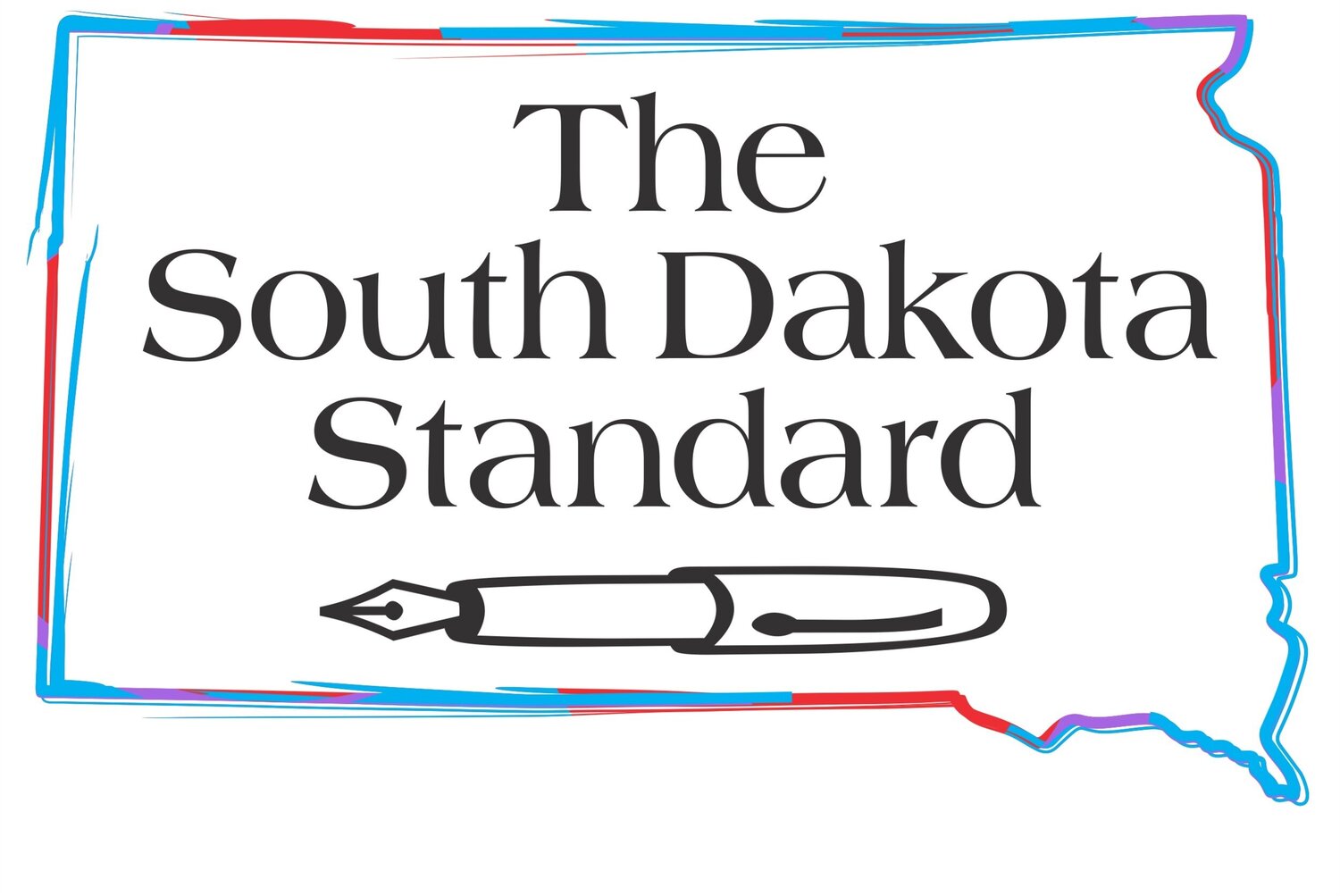Rural economy forecast for 2025: Not so hot. Trump’s policies will add to a long list of headwinds and uncertainties.
I just finished scanning Creighton University’s December Rural Monthly Economy Survey, which covers 10 rural states, including South Dakota. Its title alone – “Rural Mainstreet Economy Plummets as Trump Bump Fades” – probably confirms what most people who are close to the ag economy, generally, and South Dakota’s portion of it, specifically, already know.
It’s been tough out here in the boonies.
South Dakotans and their lawmakers know that only too well, as sales tax revenues fell significantly in 2024. Gov. Noem, despite many boasts over the years about our state’s great economy, had to acknowledge that the coming year’s budget has to be a lean one because our state’s sales tax collections couldn’t keep up with last year’s. Fact is, that while the overall country’s economic growth has been steady but sure, our state’s GDP declined during two of the first three quarters of 2024.
That’s pretty awful, actually.
Noem’s delusions of economic grandeur have been exposed. Reality shows up as a list of data points from Creighton U., which for most part don’t paint a particularly pretty picture for rural economies like South Dakota’s:
• For the 11th time in 2024, the Rural Mainstreet Index dropped below growth neutral.
• For the 7th time in the past eight months, farmland prices sank.
• Farm equipment sales dropped for the 17th straight month.
• On average, farm loan delinquency rates rose by only 1.2% over the past six months.
• Approximately one in five bank CEOs expect a recession in 2025.
Presumably, these hard-pressed rural areas, which voted solidly for Donald Trump, must be expecting better times now that their man will soon be re-entering the White House.
As a resident of the region, I certainly hope they’re right, but as my readers know, I’m dubious.
CoBank, one of the nation’s largest rural lenders, forecasts a generally good overall economy for the country, but changes its tune when it comes to our rural sector. Writes CoBank President and CEO Tom Halverson, “when we [Cobank] shift our focus to the state of the U.S. rural economy, the picture looks decidedly more volatile and more uncertain … American agriculture is already experiencing some of the most challenging conditions it has seen in recent years, including the brutal combination of low commodity prices and stubbornly high input costs.”
Halverson specifies the risks farther down in the report.
First concern? “The prospect of tariffs and collateral damage to American farmers … I worry a great deal about reciprocal tariffs on U.S. agricultural products and long-term structural damage to America’s position as a world-leading agricultural exporter.”
Next worry? “Immigration reform and its impact on the rural labor force. It is a fact that American agriculture relies heavily on immigrant labor – close to a third of workers involved in U.S. crop production are foreign-born. Many other industries prevalent in rural areas depend on immigrant labor as well, including animal processing, manufacturing, hospitality and construction. Though many of these workers are here legally, a crackdown on illegal immigration will inevitably drive up labor costs for rural employers.”
Halverson is certainly no lonely voice in the wilderness.
The ag community is already having a tough time of it and I share the conclusions of many observers that Trump’s policies on tariffs and immigration are likely to make things even tougher.
John Tsitrian is a businessman and writer from the Black Hills. He was a weekly columnist for the Rapid City Journal for 20 years. His articles and commentary have also appeared in The Los Angeles Times, The Denver Post and The Omaha World-Herald. Tsitrian served in the Marines for three years (1966-69), including a 13-month tour of duty as a radioman in Vietnam. Republish with permission.
Photo: public domain, wikimedia commons







